Famous Chinese Wine
Many famous Chinese wines of the present day developed from ancient times — mainly from the Ming and the Qing dynasties.
On the 1st National Wine Appraisal Conference of 1952, eight brands of famous Chinese wine were awarded a prize: Guizhou Maotai, Shanxi Fenjiu, Shaanxi Xifeng, Luzhou Laojiao, Shaoxing Jiafan, Red Rose Wine, Weimeisi, and Special Fine Brandy.
On the 2nd National Wine Appraisal Conference of 1963, eighteen brands of wine were awarded a prize: Maotai, Fenjiu, Xifeng, Luzhou Laojiao Twice Fully-fermented Liquor, Shaoxing Jiafan, Red Rose Wine, Weimeisi, Special Fine Brandy, Wuliangye, Gujinggong, Quanxing Twice Fully-fermented Liquor, Chinese Red Wine, Zhuyueqing, White Wine, Dongjiu, Special-Made Beijing Brandy, Chengang Liquor, and Qingdao Beer.
On the 3rd National Wine Appraisal Conference of 1979, another eighteen brands of wine were awarded a prize: Maotai, Fenjiu, Wuliangye, Gujinggong, Yanghe Twice Fully-fermented Liquor, Jiannanchun, Chinese Red Wine, Yantai Weimeisi, Longyan Dry White Wine, Special Fine Brandy, Dongjiu, Minquan White Wine, Luzhou Laojiao, Shaoxing Jiafan, Zhuyeqing, Qingdao Beer, Yantai Red Wine, and Chengang Liquor.
Yellow wine (made of rice or millet) is a good representative example of Chinese wine culture. Yellow wine experts have suggested making yellow wine China's "national wine." This is because yellow wine has over 5,000 years of history, and its alcoholic content is not high, conforming to the modern trend toward drinking low-alcohol beverages. Less grain is used in producing yellow wine than white liquor, and yet the former has a higher nutritive value. If beer is called "liquid bread," then yellow wine can be called "liquid cake."

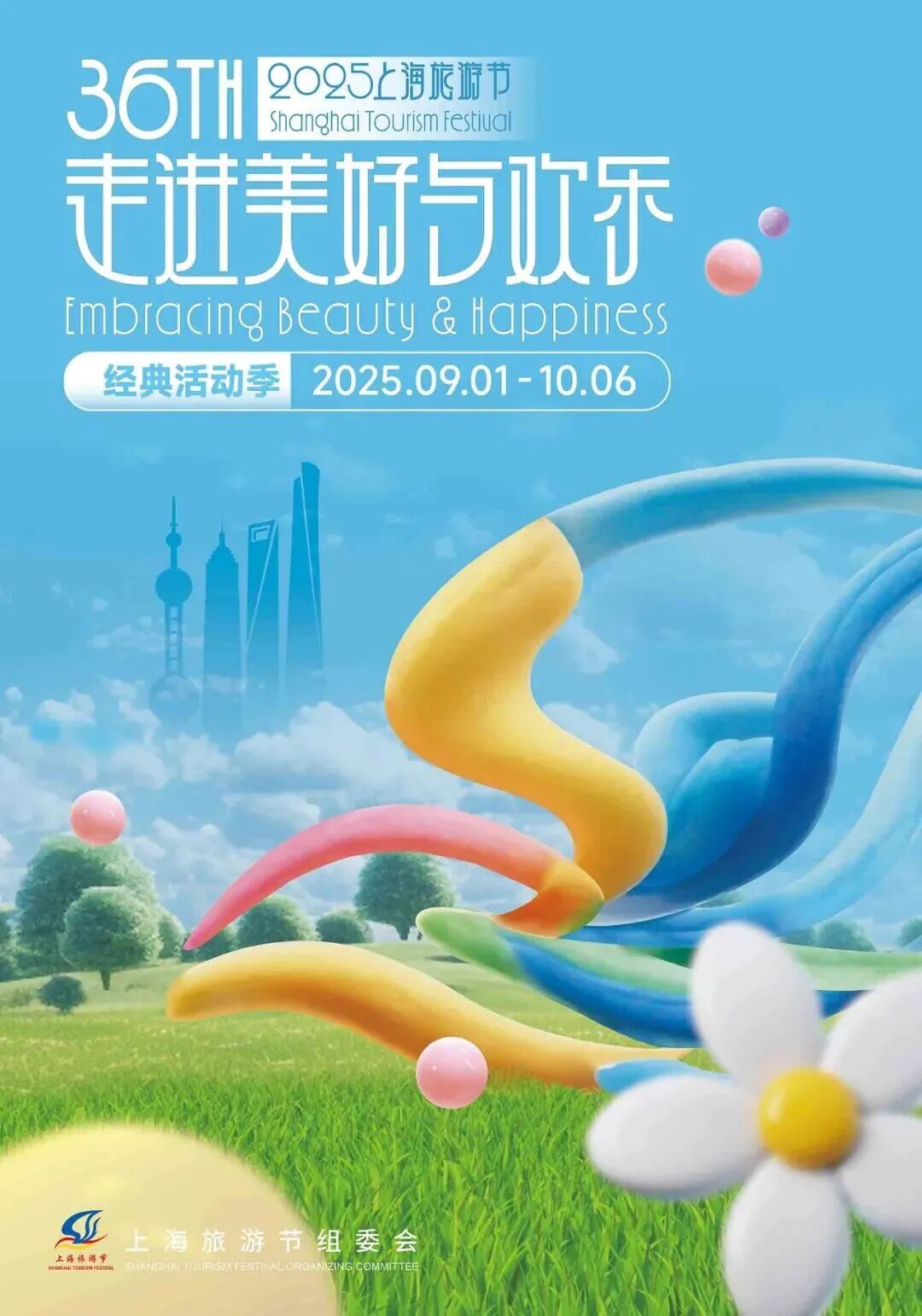
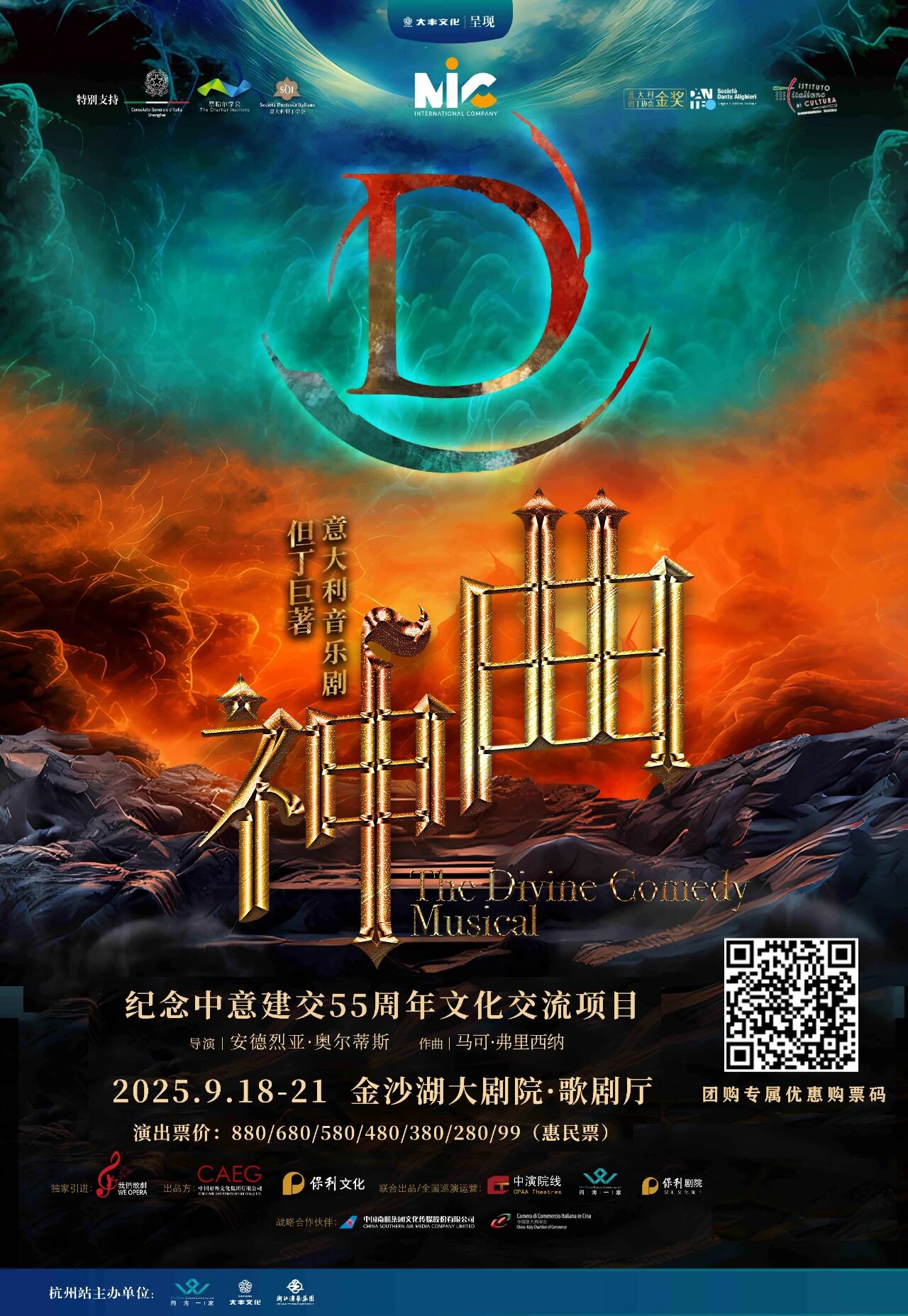






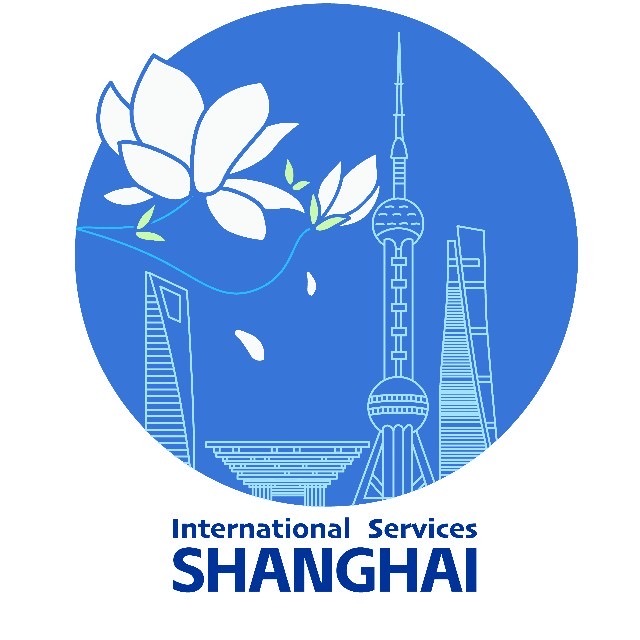



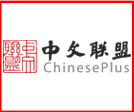
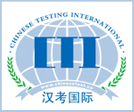
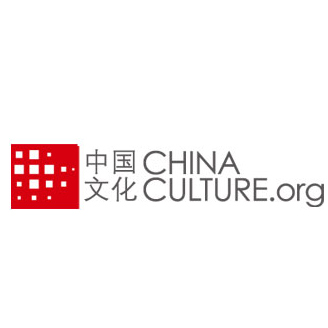
 京公网安备
京公网安备